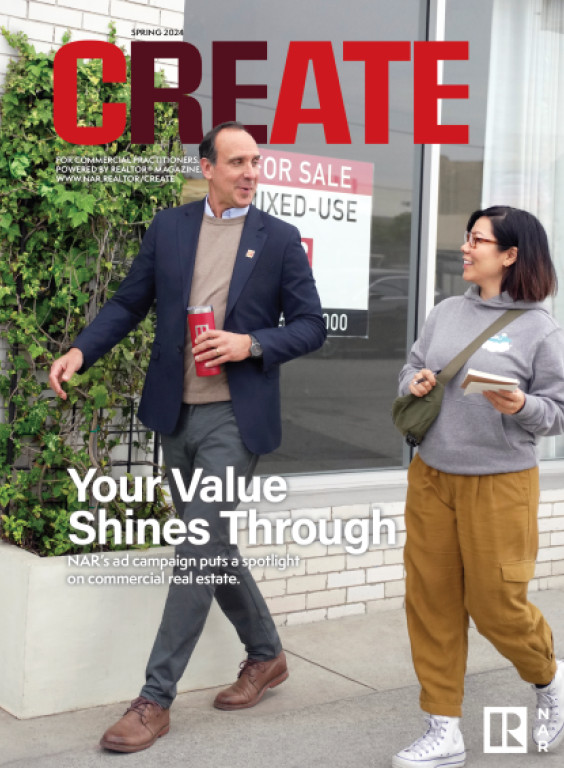The city of Mt. Pleasant, Mich., home to Central Michigan University, sought to develop a vacant and contaminated parcel of land adjacent to its city hall. After other developers walked away from proposed projects, Michigan Community Capital purchased the site and assembled a creative financing package to move the city’s vision forward. The result is Broadway Lofts, a four-story, mixed-use development that is city’s largest in 40 years.
Fully leased at the end of 2022, Broadway Lofts includes 48 residential units, 15 of which are income-restricted at 80% of the area’s median income, as well as two commercial tenants, GreenTree Cooperative Grocery and Isabella Community Credit Union. The project, honored in 2023 with the Jack Kemp Excellence in Affordable and Workforce Housing Award from the Urban Land Institute and two gold honors from the International Economic Development Council, offers an example of the power of public-private partnerships to breathe life into neglected or underused real estate.
Eric Hanna, president and CEO of Michigan Community Capital, describes the project’s journey and the successful outcome:
Deciding What to Build
The city owned the parcel and had a very specific vision for a dense mixed-use project to extend the downtown and connect it with retail and restaurants nearby. Mt. Pleasant has an oversupply of older student housing consisting of large two- and three-bedroom units designed to be rented by the bedroom. So finding per-square-foot rental comps is highly challenging. But Broadway Lofts, being a downtown redevelopment project first and a housing project second, is some distance from much of this older stock. The housing type, location, build quality, and amenities of the Lofts have consistently set it apart in the market.
Financing
We utilized debt from National Cooperative Bank—a community development finance institution—for the source loan in the New Markets Tax Credit structure. New Markets Tax Credits were provided by Cinnaire and PNC Bank. Over 50% of the project cost was funded with a novel workforce housing loan made by the state of Michigan. Funding also came in the form of an environmental remediation grant provided by the Michigan Department of Environment, Great Lakes, and Energy, and tax relief from the city. All the sources were critical, but the workforce housing loan with a very low, interest-only cost was the key.
Key Success Factors
Ensuring the project wasn’t overleveraged made it an overall financial success— in a nonprofit, low-yield sense. The support provided to both the co-op and the attainable rents have helped keep the building full. Outside of the financial metrics, the real estate fundamentals apply: The location is excellent, adjacent to a river and a park. Having a 10,000-square-foot grocery on the ground floor and walkable access to downtown shops limits the need for residents to travel. And the energy efficiency and high-quality build of Broadway Lofts makes this one of the most attractive and affordable places to live in the city.
Challenges Along the Way
The project required a lot of public investment to right-size the economic challenges, as evidenced by the capital stack. On the construction side, it was on the site of a former sawmill and train yard. It had soft soil, was in a flood plain and had PFAS [per- and polyfluoroalkyl substances] and heavy metals. Both soil and groundwater contamination had to be remediated. The site was subject to an existing brownfield plan that had been bonded, but the underlying development had failed to materialize at least three times, so brownfield tax increment financing was not available. This meant that tax relief had to be balanced with the long-term carrying costs of the project and, ultimately, its ability to handle debt. Our team methodically worked with state and local partners to address each concern and overcome it.
The Win
The site went from a net drag on city general funds to a net positive for taxpayers. It boosted housing density downtown, reinforcing retail spending, and gave historically low-income populations a place to purchase healthy food. It set new comparable rents for follow-on developers to use when completing appraisals. The project has achieved all the bottom-line impacts that our team and the community anticipated.















